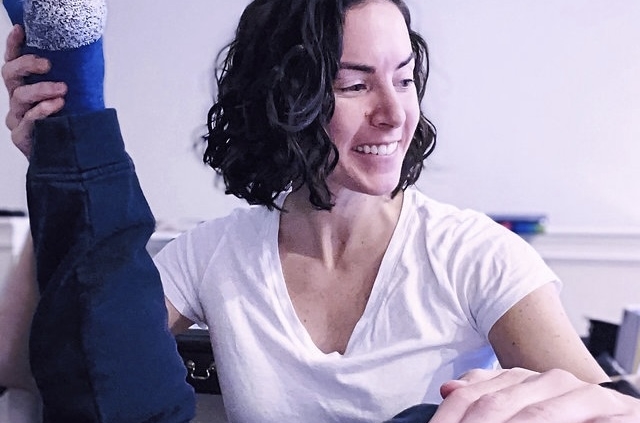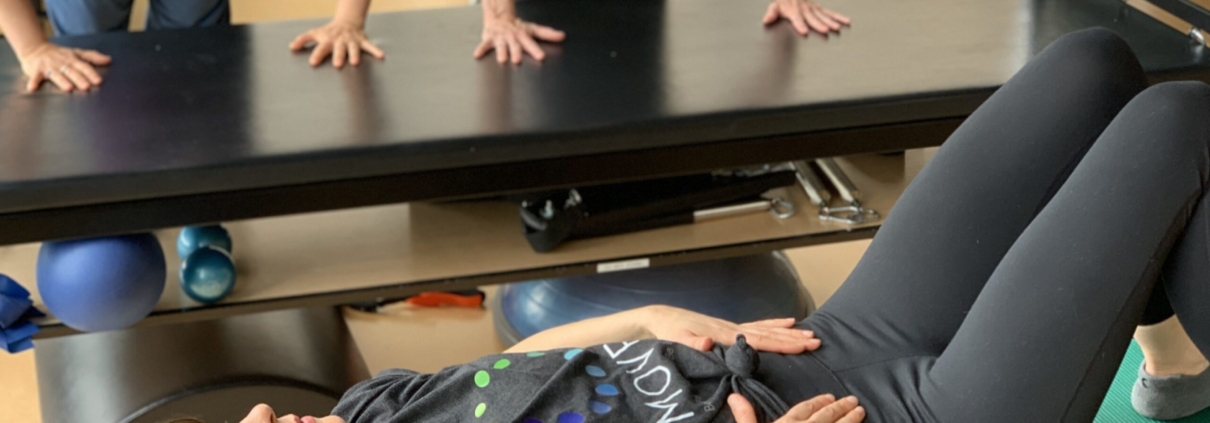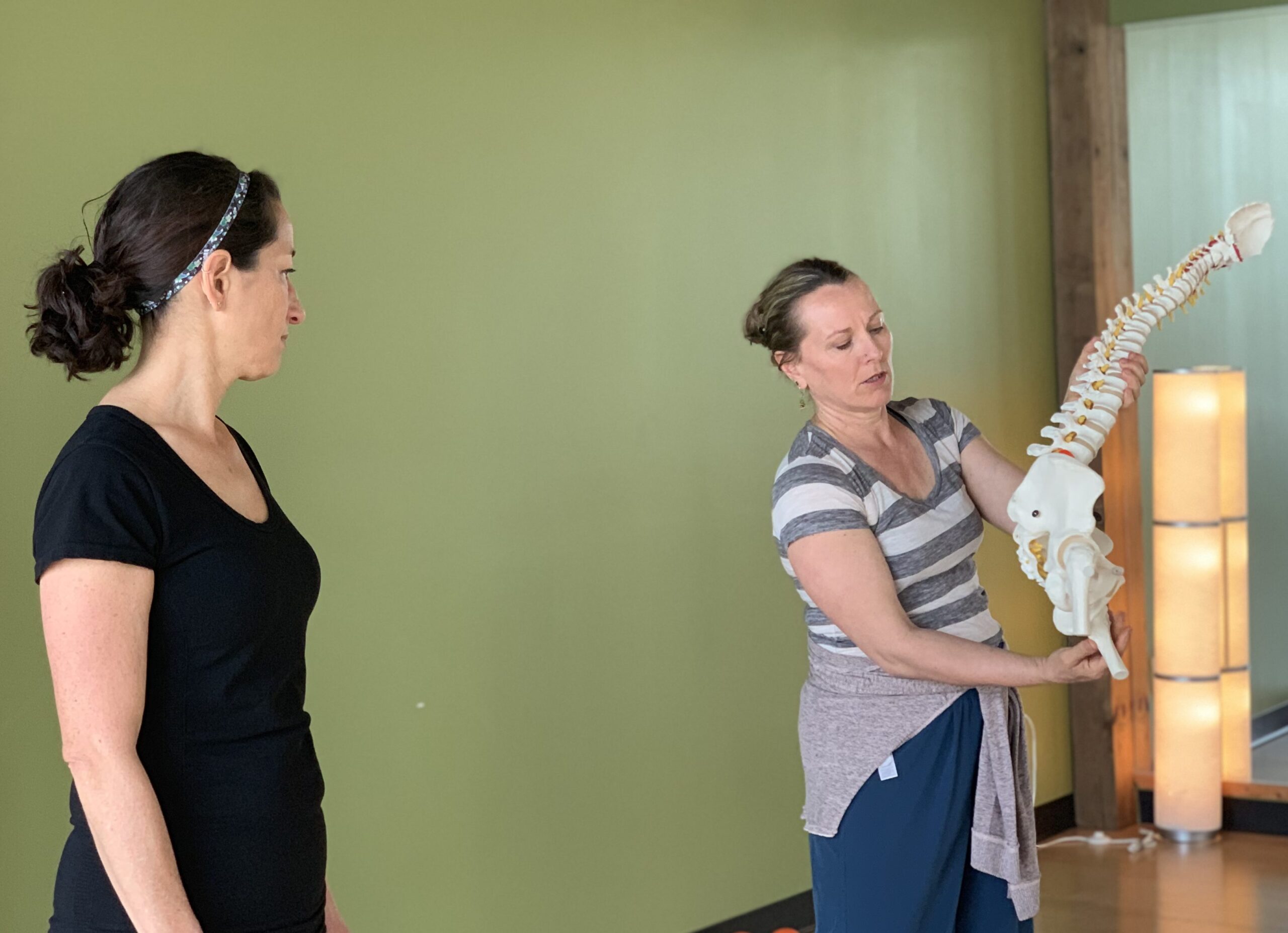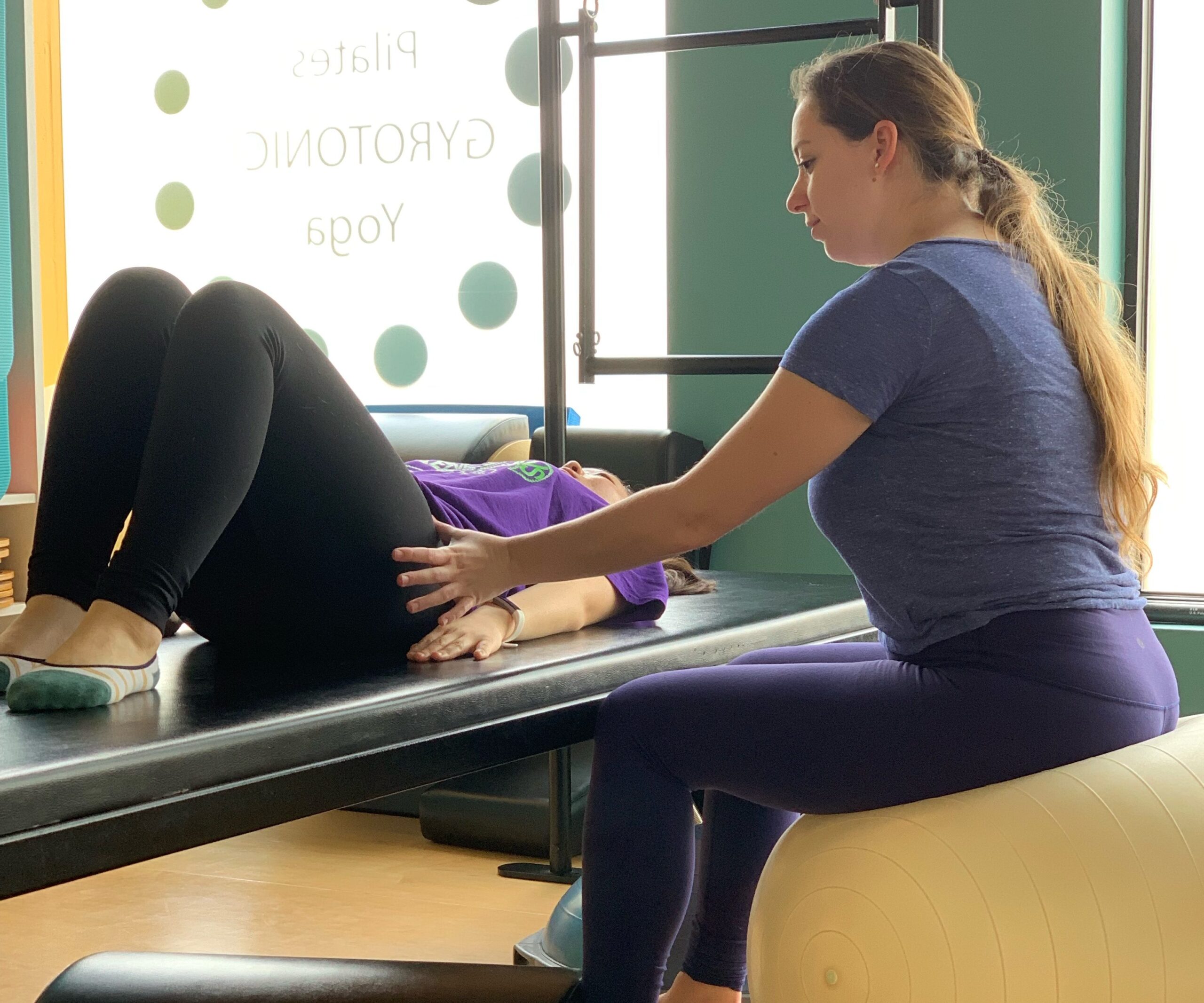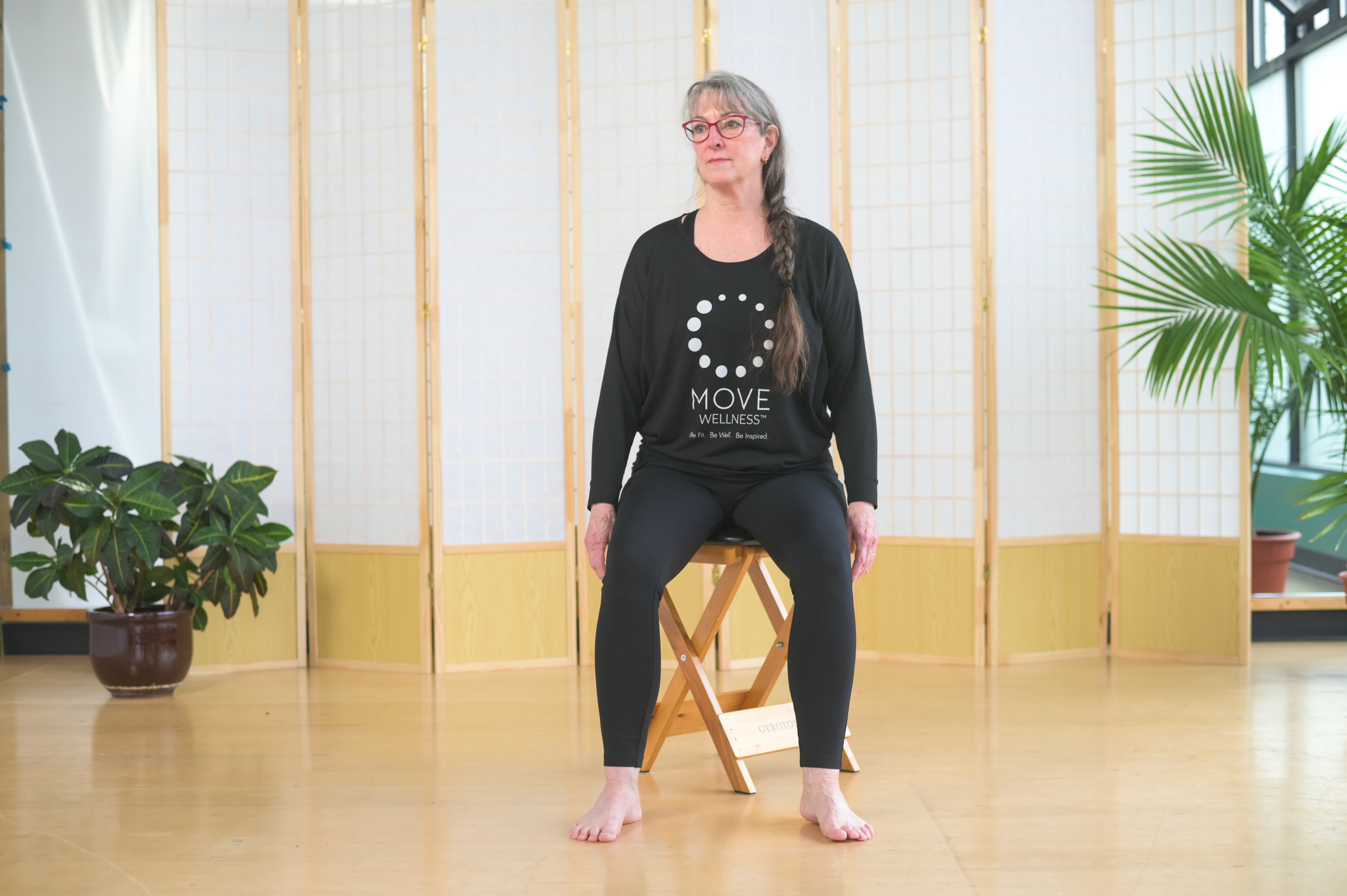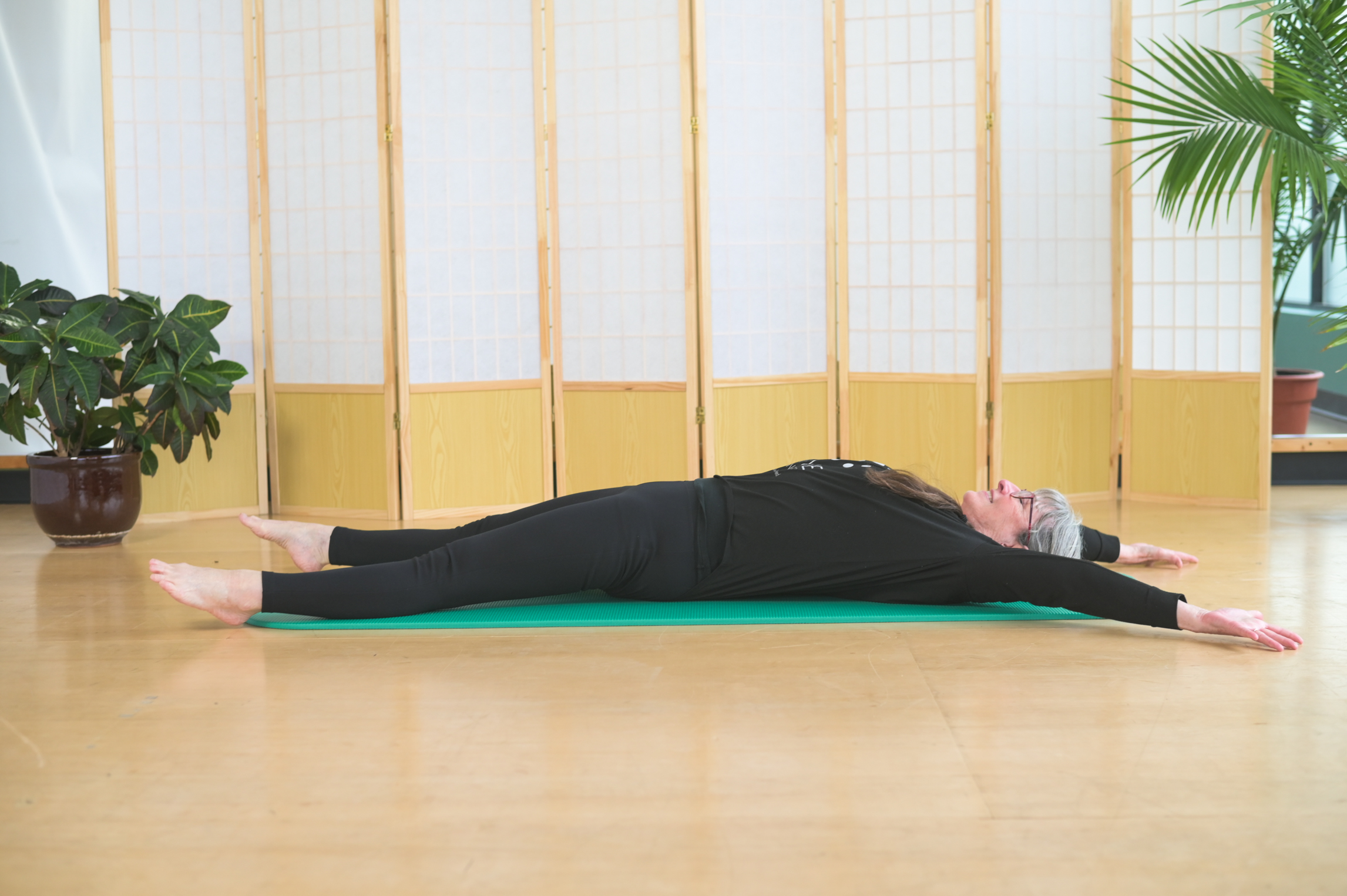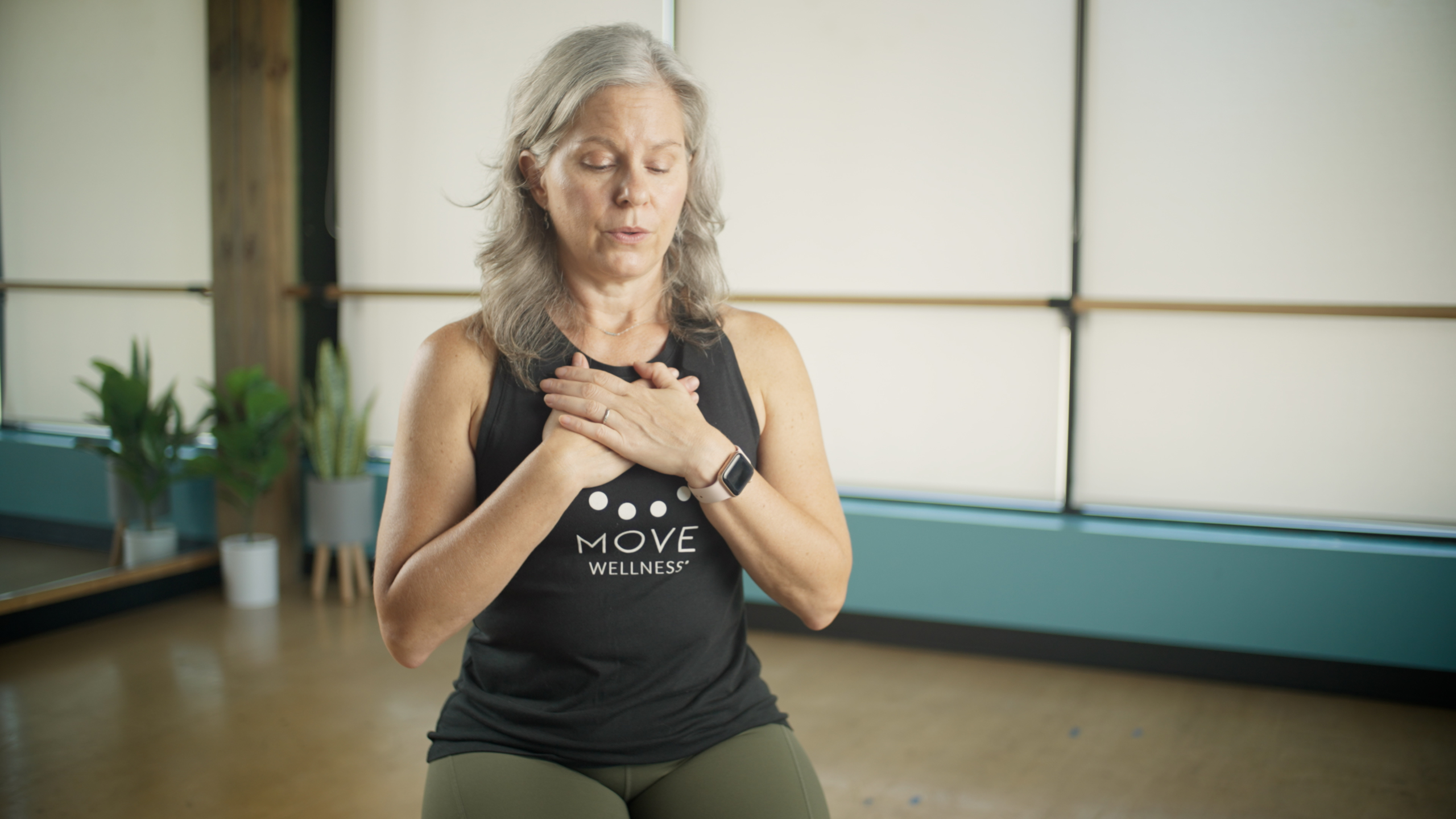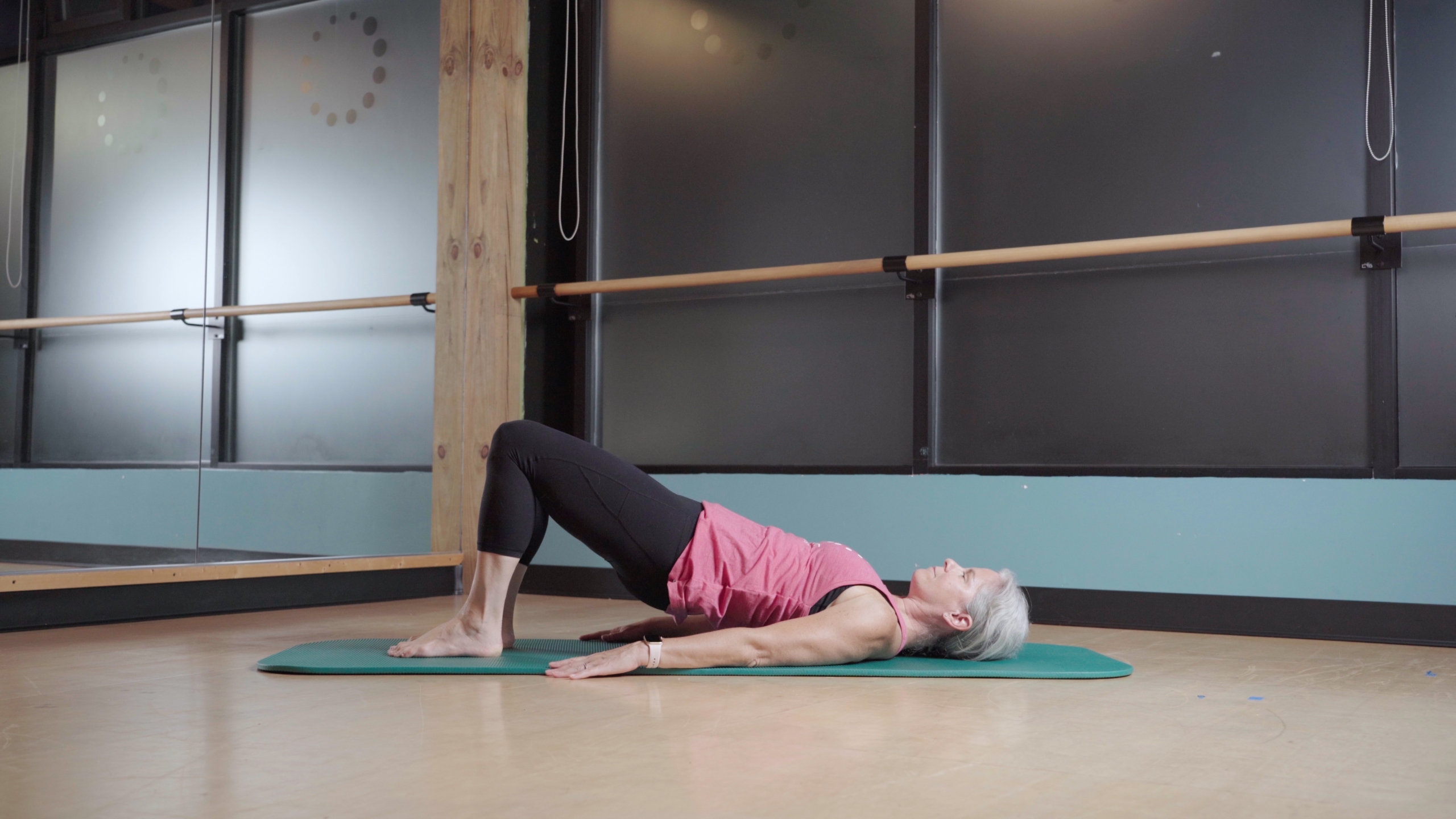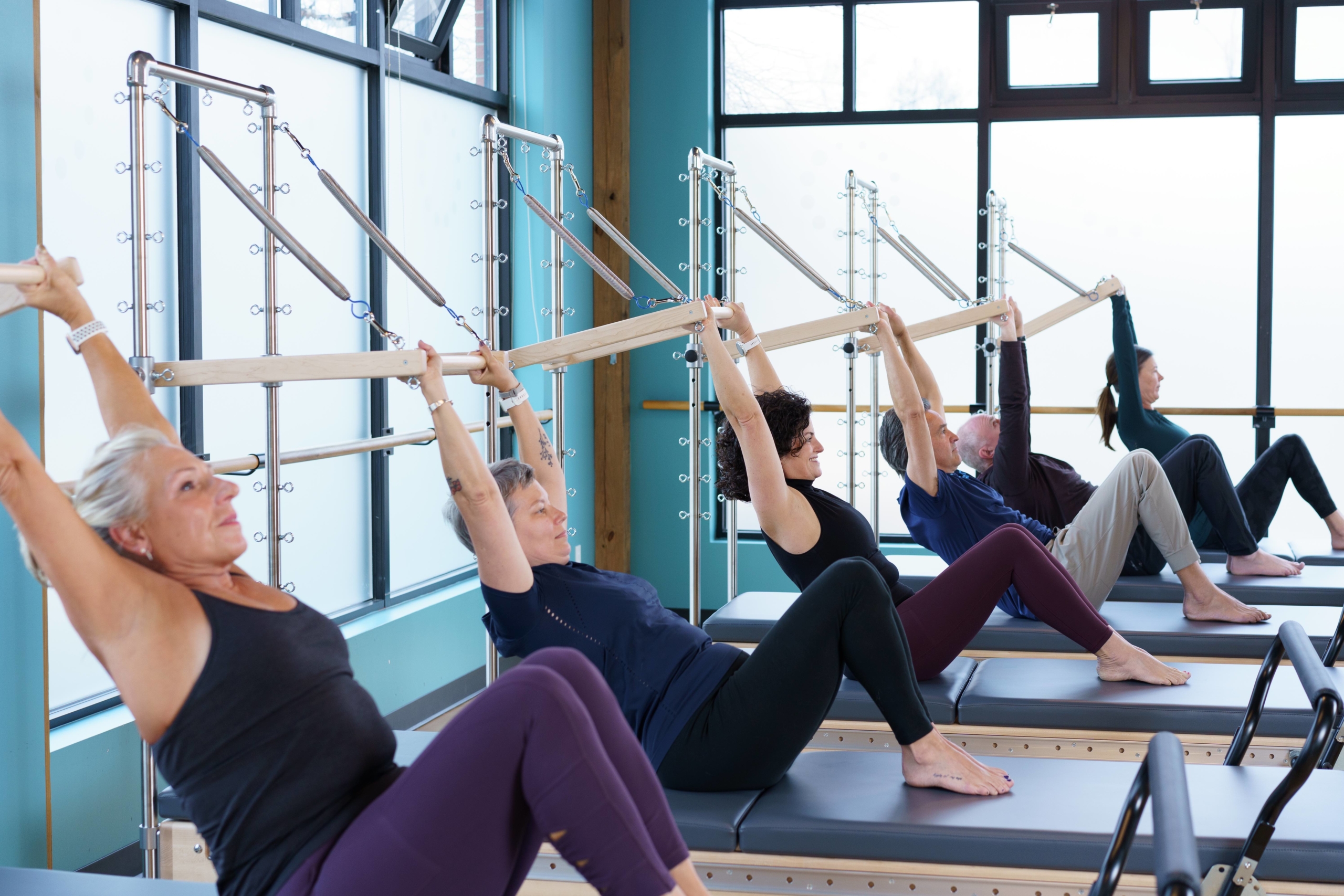MOVE is thrilled to be partnering with Melissa Trauger to provide on-site physical therapy services at the studio to pelvic health and orthopedic populations.
“We know that a continuum of care is important to our clients as they work to get stronger and care for their unique bodies. Partnering with Melissa means that it will be easy for clients to have collaborative care right in the building. Working with a PT who understands the impact and scope of Pilates and GYROTONIC® exercise is the best service possible for our clients. Not only is Melissa a highly skilled orthopedic and pelvic floor specialist Physical Therapist, she shares our values and commitment to care for our clients. We could not be more excited to welcome her to the studio.”
—Elaine Economou, MOVE Wellness Co-Founder
“I am extremely excited to partner with MOVE Wellness to provide on-site physical therapy services to the pelvic health and orthopedic populations of Southeast Michigan. My mission is to improve and maintain your quality of life when it comes to your specific goals, as well as, to bring awareness to an aspect of life (ahem, pelvic health) that should be talked and taught about, early and often.”
—Melissa Trauger, Rhapsody of Motion Concierge Physical Therapy
Benefits of physical therapy at MOVE
Collaborating with area physicians and physical therapists is important to providing our clients an excellent continuum of care. Quite often, when clients are working through a particular issue in their body, it is helpful to work in partnership with their physical therapist (or another medical professional like a DO or Physiatrist) to provide manual therapy, assess injuries and collaborate on movement goals. Post surgical clients can benefit in particular. Our scope of practice is movement and working with healthcare professionals for diagnosis and care plans for post-surgery, neurological issues or pain is the best service possible for our clients.
Long time clients may recall our previous partnership with Julie Simpson of Mend PT so we know how well this kind of partnership can work. We are now so happy to be partnering with Melissa Trauger and Rhapsody of Motion to again offer PT services within MOVE. Melissa works independently inside MOVE Wellness studios, but is knowledgeable about the systems we teach. She is also an eager student of Pilates and GYROTONIC® exercise herself, which is key for us.
Melissa works with orthopedic issues and has a special focus on pelvic floor dysfunction. We know that this affects both women and men and can play a role in low back pain, and hip issues. Pelvic floor PT can also be part of the solution for imbalances throughout the body. At MOVE we work a lot to help people have a healthy functioning pelvic floor. So much of what we teach focuses on coordinating breath with movement and the pelvic floor is part of the musculature involved in breathing. Working with Melissa can help clients identify pelvic floor imbalances and learn to release the muscles and regain coordination. She will be a wonderful resource for our clients to help resolve a number of issues.
Meet Melissa Trauger
Melissa Trauger is a physical therapist who treats patients with the mindset that everything is connected in the chaos of the body. This view, along with her love of music, led her to finding the rhapsody within the human body. Both require many moving parts working in concert creating harmonious movement.
Melissa received her Doctor of Physical Therapy from the University of Dayton in 2016, and continues her education to diversify her skills when treating pelvic health and orthopedic populations. Her undergraduate was spent at the University of Michigan where she earned a B.S. in Movement Science. She followed that up with several years spent in Chicago working as a massage therapist and personal trainer.
When Melissa isn’t helping her clients relieve their physical pain, she spends her time with her husband, Ryan, and their dog, Coco. She enjoys writing and playing music, running, and providing comedic relief among friends and family.
Start Now
By partnering with MOVE, Melissa can promote early access to physical therapy through individualized care that includes manual therapy, neuromuscular re-education, therapeutic exercise, and more. Please feel free to reach out to Melissa directly via the contact information below to schedule a call and learn more!
Rhapsody of Motion Concierge Physical Therapy
Phone: 734-519-0020
Email: info@rhapsodyofmotion.com
Website: www.rhapsodyofmotion.com
Instagram/Facebook: @rhapsodyofmotion
Book your appointment directly with Melissa online, by email, or by calling 734-519-0020.

